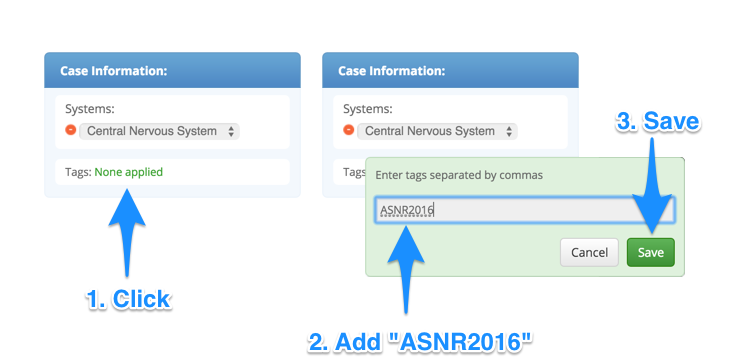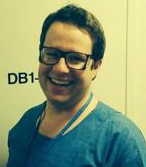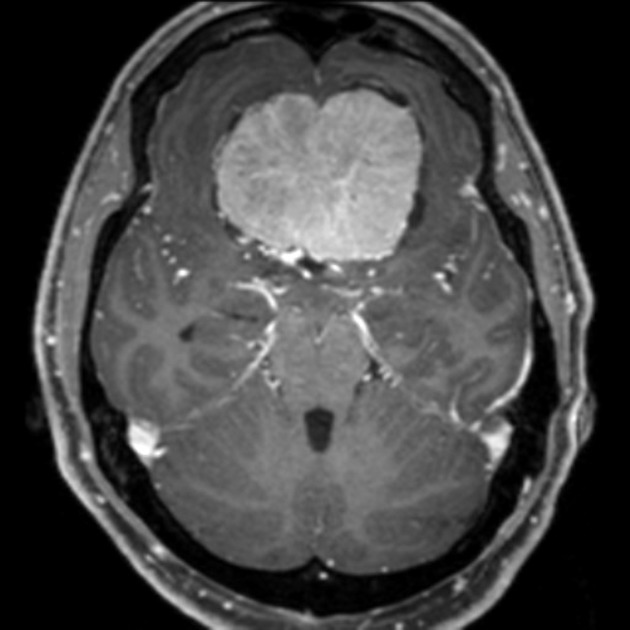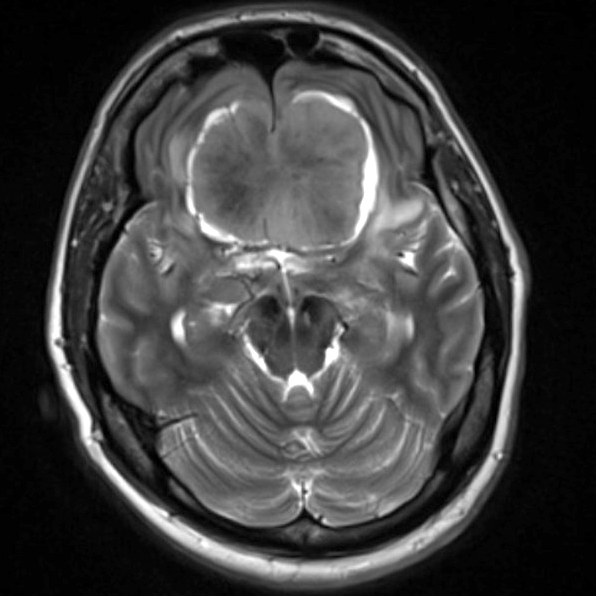
Radiopaedia.org and the American Society of Neuroradiology (ASNR) are collaborating on giving you all the opportunity to submit an adult brain case to ASNR 2016 Case of the Day.
Each day during the ASNR 54th Annual Meeting (May 23 - 26) in Washington a case will be shown as the official Case of the Day. This has traditionally been 'invite only', but this year one of the cases will be chosen from cases you submit to Radiopaedia.org.
In addition to one ASNR 2016 case of the day winner, we will also be showcasing a number of the best submissions as our very own Radiopaedia.org 'cases of the day' on our home page and through social media. And, even better, you will be contributing to your personal case library and making Radiopaedia.org even better!
Prizes
There are a number of prizes available:
Winner
The winner gets two awesome prizes:
- Standard Room for two (2) nights at the meeting venue at the Washington Marriott Wardman Park Hotel and including complimentary daily in room WiFi and health club access (value of US$590); prize courtesy of the American Society of Neuroradiology (ASNR). The reservation can be used at any point during the ASNR 54th Annual Meeting dates from Friday, May 20 through Thursday, May 26. If you are not planning to attend the conference, then that's ok. You will receive the prize either way, and you can, if you wish, transfer it.
- The Radiopaedia.org editoral team will also be giving the winner online access to our recent, and hugely popular, Adult Brain MRI review course and online access to our upcoming Neuroradiology Update 2016 course, scheduled in August 2016 (combined value (value of ~US$250).
Runner up
The Radiopaedia.org editorial team will also be selecting a runner up who will be getting online access to our recent, and hugely popular, Adult Brain MRI review course and online access to our upcoming Neuroradiology Update 2016 course, scheduled in August 2016 (combined value of ~US$250).
Submitting a case
To make make your case eligible for the ASNR 2016 Case of the Day, simply upload an awesome Adult Brain case and add the tag ASNR2016 in the right hand column of the case edit page.

Please make sure that your case is fully fleshed out (see our case publishing guidelines)
Submitting a case is easy, and if you are not familiar this short video will help.
Dates
Submissions close on February 14th 2016, and the winner will be chosen by ASNR committee in the following couple of weeks. The winner will then be contacted by email, so please make sure the email listed in your Radiopaedia.org profile is correct.
Poster
The winner will then be asked to take a few choice images from their case and make a two-slide powerpoint poster (Question / Answer) which will be shown at the actual conference. This is not an onerous task, and the template will be provided to you. Here is an example.
A physical poster will also be be printed from your slides (by ASNR) and shown. This will be done for you, so if you are not attending, it is not a problem.
Contact
If you have any questions, please write to [email protected].
 Dr Henry Knipe is a radiology registrar at The Royal Melbourne Hospital in Australia, and is managing editor responsible for content development at Radiopaedia.org. Twitter: @DrHenryK.
Dr Henry Knipe is a radiology registrar at The Royal Melbourne Hospital in Australia, and is managing editor responsible for content development at Radiopaedia.org. Twitter: @DrHenryK.












 Unable to process the form. Check for errors and try again.
Unable to process the form. Check for errors and try again.